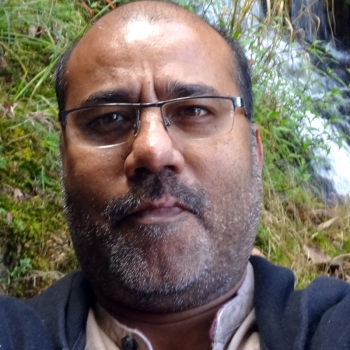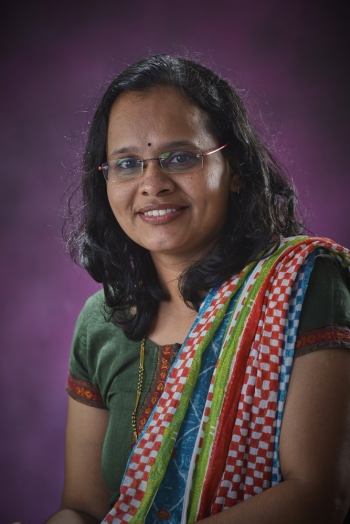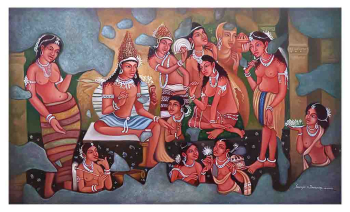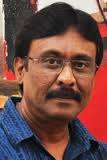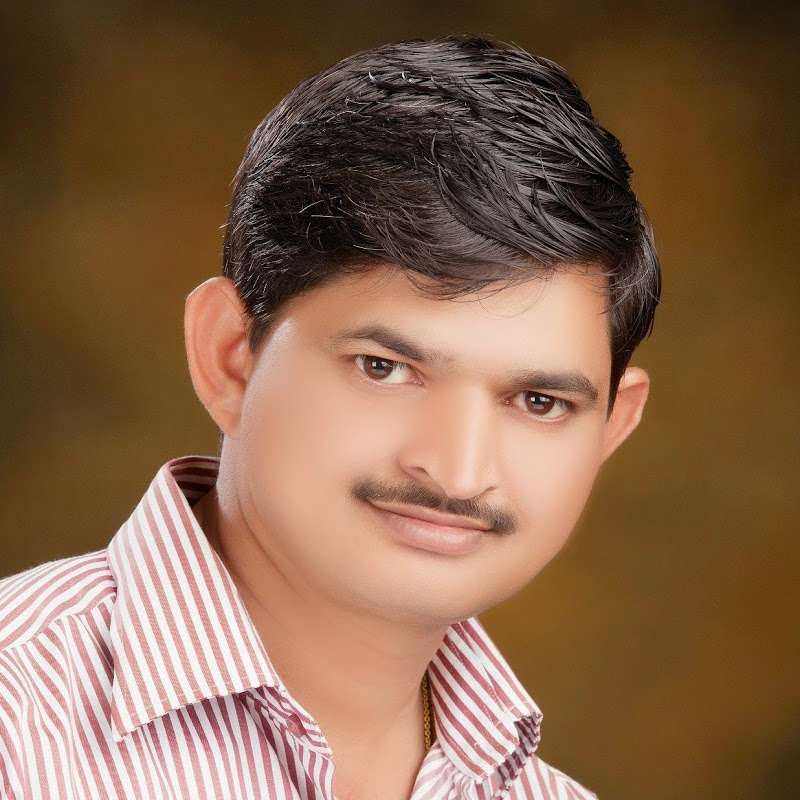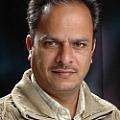.jpg)
Many Indian artists began with European echoes imbibing a lot of Western styles such as realism, cubism, abstraction and more in their work. However, it was during the post-independence period that Indian sculptures slowly pared down the existing dogmas and created works celebrating the simplicity of contours and minimalism.
Today, there is more of a fusion of trends, wherein modernist Indian sculptors depict Indian mythology and history with the accents of European art forms and styles.
We profile popular Indian sculpture artists along with the emerging younger generation sculptors who have displayed a remarkable set of an oeuvre.
-
Ramkinker Baij
A pioneer of modern Indian sculpture art and a key figure of contextual modernism, Baij (26 May 1906 – 2 August 1980) always believed in his own guts!
He was a painter, sculptor, and graphic artist. Being an early modernist, he often beautifully blended classical Indian style with a western form of art in his creations.
He was adept in working with varied mediums such as regional stones, metal using which he conjured avante-garde creations.
Having a keen interest in the general human drama, he mostly worked with the subject of tribal communities. The peculiarly familiar work of Baij is ‘The Santhal Family’ (image below). It is considered the first public modernist sculpture in India, depicting a mother, father, child, and dog from the Santhal tribe, carrying their few possessions walking to a new life.
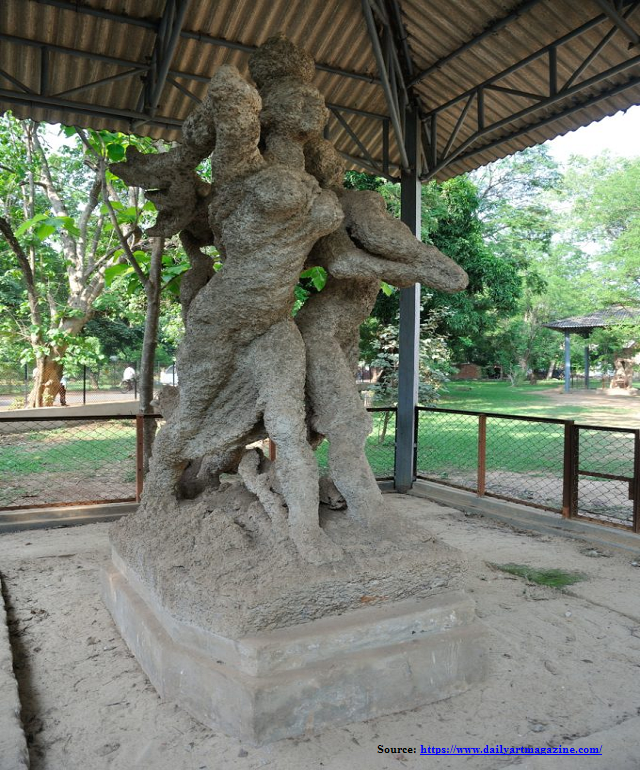
Known for creating many famous sculptures, he has won many accolades and awards during his lifetime including Pama Bhusan for his contribution to the field of art.
A maverick and prolific artist, he is indeed the ‘Father of modern Indian sculpture’.
-
Adi Davierwala
Born in Mumbai in 1922, Davierwala was a self-taught Indian sculpture artist.
Owing to his keen interest and education in technology as well as a strong western influence, most of his sculptural installations are geometric assemblages. He majorly drew inspiration from the works of artists such as Epstein, Henry Moore, and Greek mythology.
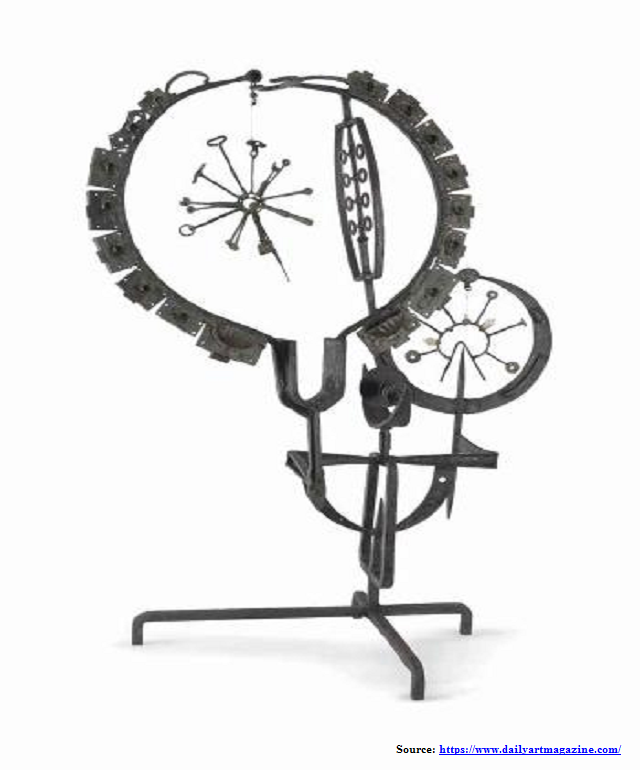
He started out with wood as his medium but gradually went on to use stone, marble, bronze, and steel to create sculptures.
He has won several awards for his edgy and futuristic creations including the first prize at the State Art Exhibition (1957), the gold medal at the All India Sculptor’s Show (1957) and the National Award (1965).
Apart from this, he also executed large-sized sculptures for prestigious institutions such as the Atomic Energy Establishment and more.
-
Piloo Pochkhanwala
Beginning her artistic journey in the 1950s, Pochkhanwala was one of India’s few talented sculpture artists.
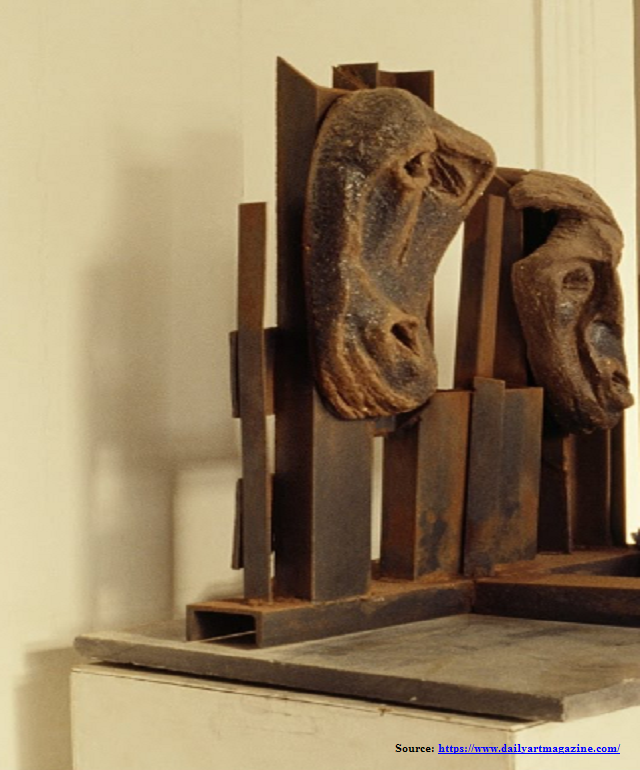
She started off with creating wooden sculptures (as one above in the image), but gradually experimented with a number of medium and techniques in the 1960s and 1970s, including direct carving, and cement and metal casting.
Lately, she adopted the abandoned using the conventional wood, sandstone and beaten lead for scrap iron and steel.
-
Shankho Chaudhari
He was a student of the famous Indian sculptor, Ramkinkar Baij, whom he assisted for the work of the War Memorial in Nepal. It was during this that he learnt the process of metal casting, and created artworks using this technique.
“It is the playfulness while exploring the possibilities of one given medium that fascinates me. But enjoyment or reactions to a given medium or style can never be static, or else it would soon turn the artist into a fossil.”
— Shankho Chaudhari
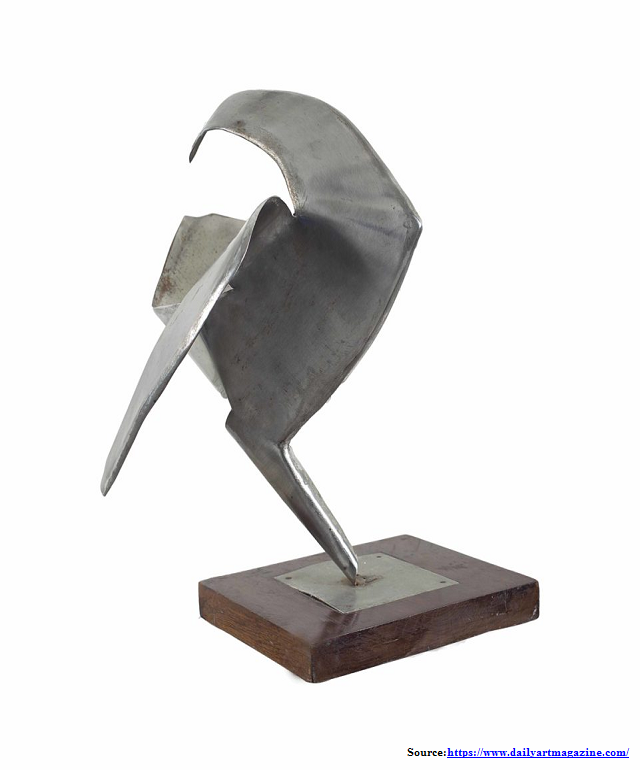
As evident from this sculpture (image above), Chaudhari’s works have a rhythmic flow and a strong element of minimalism, inspired by the surroundings around.
-
Meera Mukherjee
A prolific Indian sculpture artist and writer, Mukherjee was known for bringing modernity to the ancient Bengali sculpting art.
Owing to the exposure to Dhokra sculptors in the Bastar region of Chhattisgarh, her three-dimensional creations were strongly influenced by this traditional art form. However, she improved upon the traditional Dhokra technique by employing lost-wax casting and used innovative bronze casting.
Largely covering quotidian figurines, her sculptures displayed both subtlety and ferocity, attributed to an unnerving tactility.
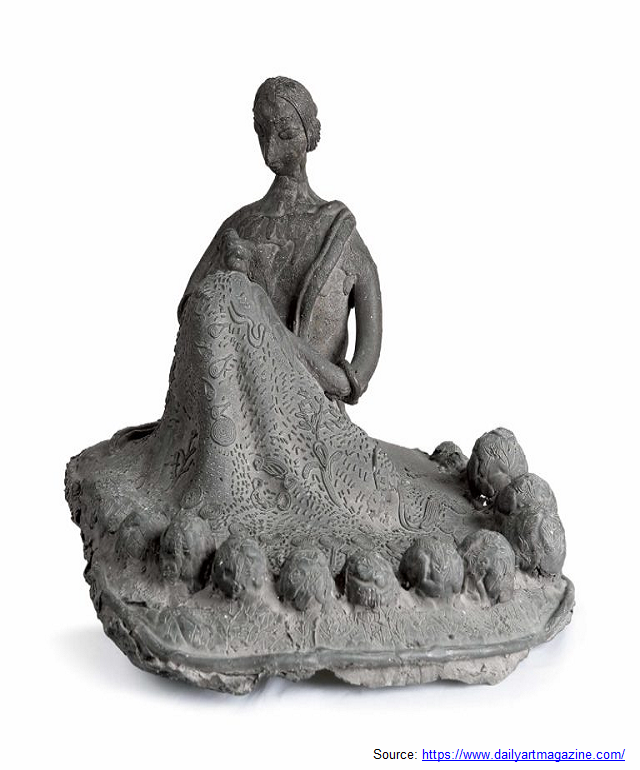
Mukherjee made her mark in the eclectic world of art with her incredible sculptures. She was well honoured in her lifetime, recipient the fourth highest civilian award of the Padma Shri from the Government of India in 1992 for her contributions, Press Award for the Master Craftsman, in 1968 and the Abanindranath Award from the State government of West Bengal in 1981.
-
Subodh Gupta
A contemporary Indian artist based in New Delhi, Gupta is among the most expensive Indian artists.
Working across a variety of media, he is best known for his huge sculptural creations composed of everyday objects ubiquitous throughout India, such as pots, lunch boxes, tin cans, and other metal kitchen cookware.
By using typical Indian icons that possess innate dichotomies such as the stainless steel utensils of South Asian kitchen or sacred cow dung, he creates provocative sculpture.
Through his works, he attempts to question the ambivalence of a society caught between age-old traditions, customs and globalized contemporary world.
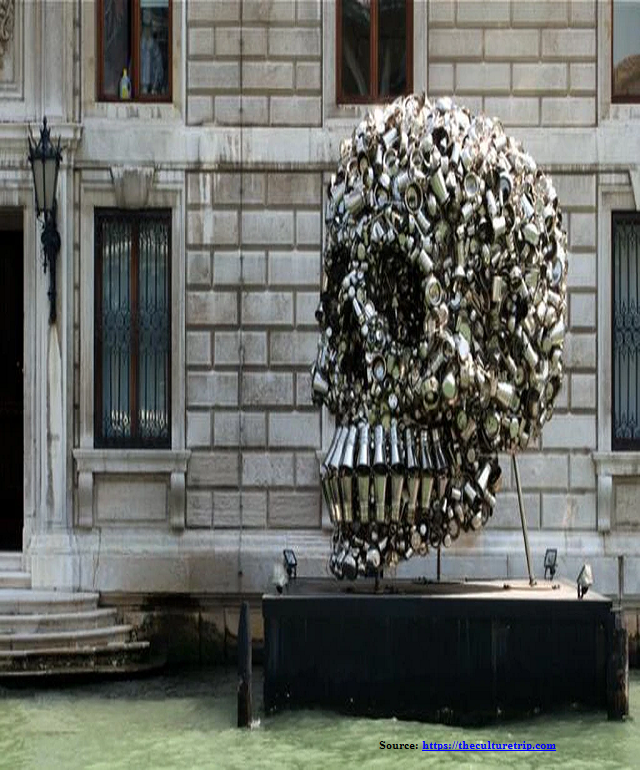
-
Bharati Kher
An Indian contemporary artist born in London, Kher’s work encompasses painting, sculpture art, collage, text and installation.
She often uses Hindu mythology and everyday objects such as bindis as her sculptural materials.
Her works of hybridity in an unpredictably evolving and disparate oeuvre is her attempt to probe into the cultural misinterpretations.
“The less you say about some of the works the better. I think you just have to experience it” — Bharati Kher
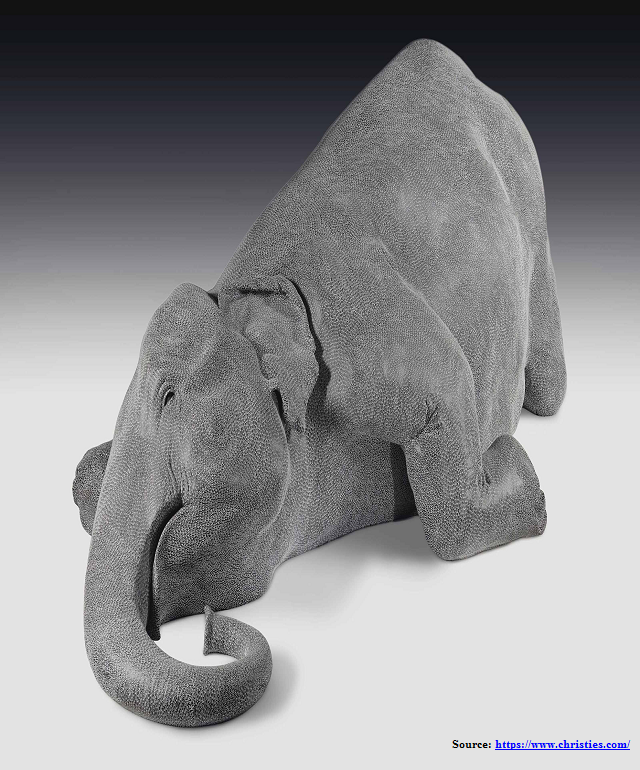
The most famous of her works is ‘The Skin Speaks A Language Not Its Own’ (image above). It features a life-sized elephant which is made from fibreglass and adorned with numerous white bindis.
-
Anish Kapoor
Born in Mumbai, Kapoor is a British Indian sculptor specializing in installation art and conceptual art.
With his popularity extending across the globe, he tops the chart for the most expensive contemporary Indian artists.
“Artists don't make objects. Artists make mythologies.” — Anish Kapoor
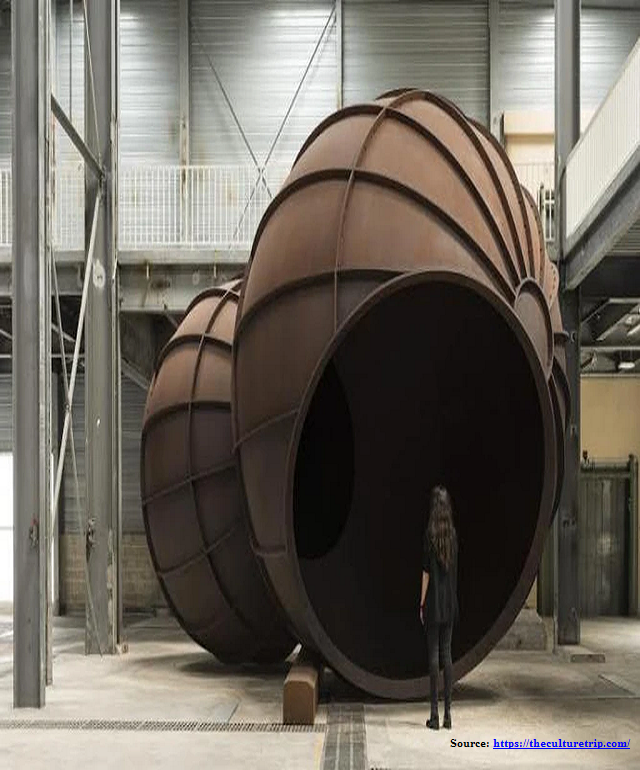
Known for his use of abstract biomorphic forms and polished surfaces along with the use of rich colours, Kapoor makes spectacular artworks, Cloud Gate (2006) in Chicago, the 375ft-tall ArcelorMittal Orbit to name a few.
For his contribution to the field of art, he has won many prestigious awards, including the Turner Prize. Made Commander of the Order of the British Empire (CBE) in 2003, he was granted the knighthood in 2013. He has also received recognition from the Japan Art Association’s Praemium Imperiale prize for his sculpture in 2011.
-
Ravinder Reddy
Based in Hyderabad, Reddy was one of the first contemporary Indian sculpture artists to draw critical attention in the United States following his art show at Deitch Projects in 2001.
In fact, his monumental sculptures of female heads and nudes capturing the various shades of life are among the most recognizable examples of contemporary South Asian Art.
His enormous female figurines with wide-open eyes, bold, rhythmic silhouette, elaborate hairstyles, lipstick smeared lips portray multifaceted femininity rooted in the past whilst embracing the contemporary world.
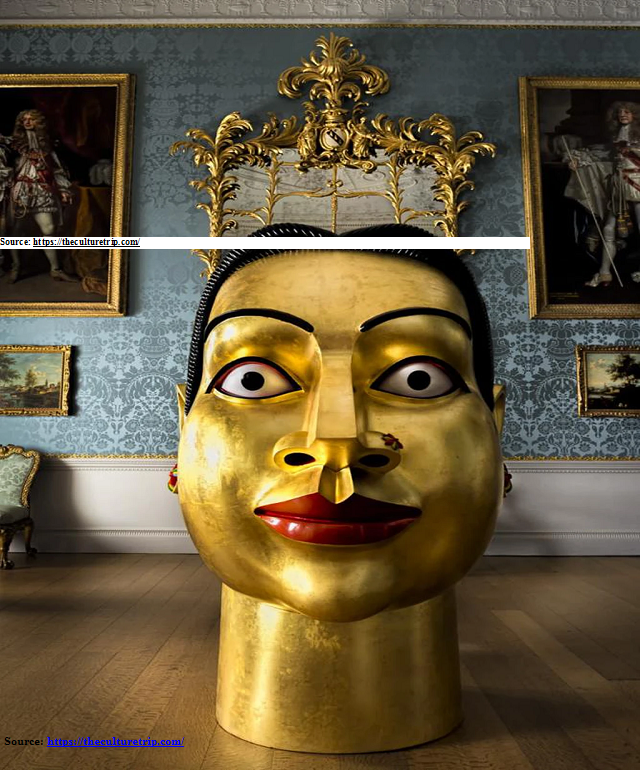
“I like feeling the sculptures while making them, I like the large volumes so both stretched hands can hold them”— Ravinder Reddy
Seeking immortality for his sculptures, Reddy fuses modern-day pop culture with the traditions of Hindu sculpture.











